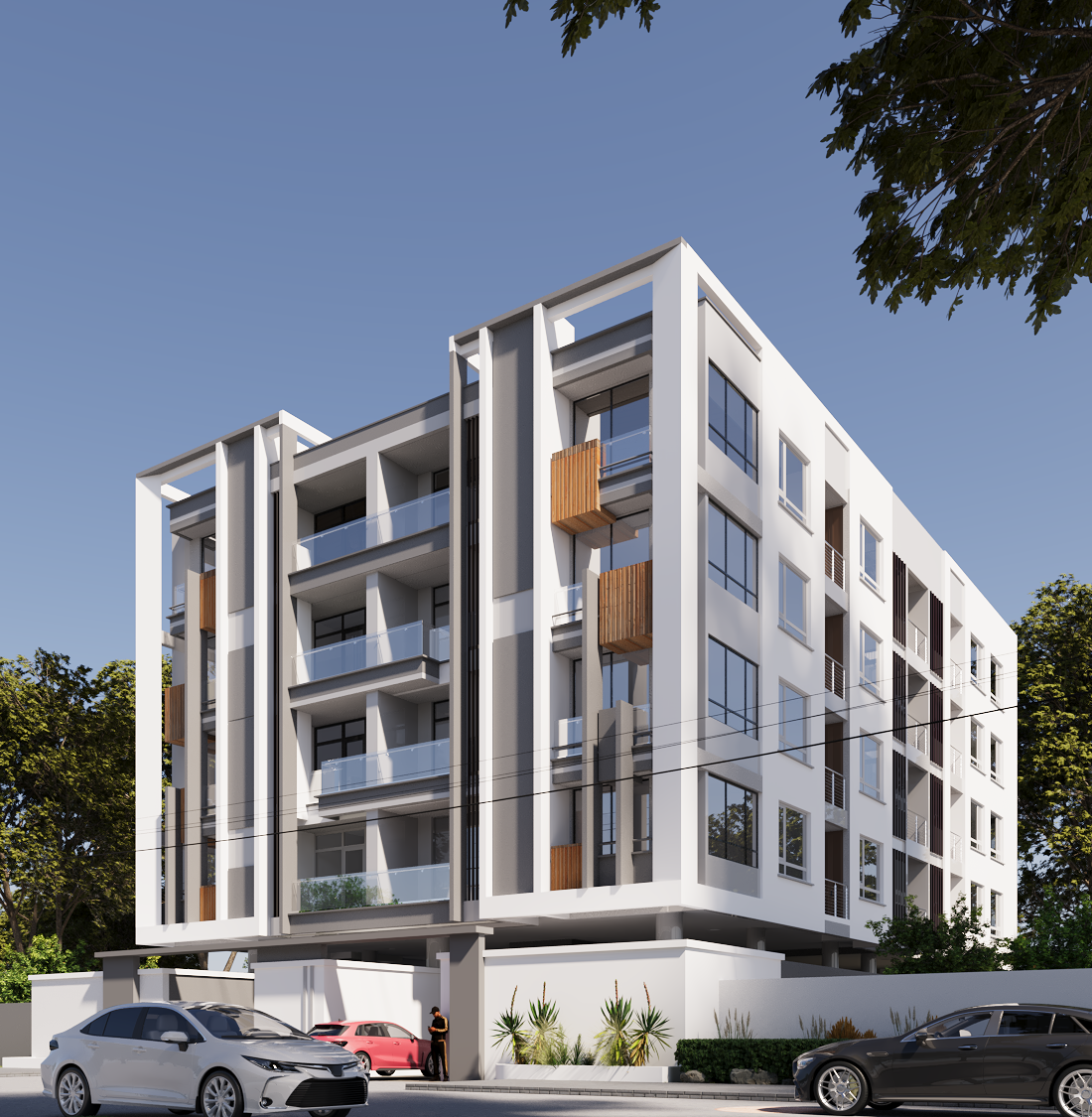
Digital Rendering Revolution: Top 10 Advantages in Architecture
The architectural industry has undergone a significant transformation in recent years, largely due to the advent of digital rendering technology. This revolution has changed the way architects design, present, and communicate their ideas, offering numerous advantages that have made traditional methods almost obsolete. Digital rendering has altered the architectural landscape, offering an innovative approach to designing, presenting, and developing architectural projects. This technology surpasses traditional techniques in terms of efficiency, clarity, and versatility. Here, we delve into the top ten advantages that digital rendering brings to the field of architecture.

1. Enhanced Visualization
Digital rendering provides architects with the ability to create highly detailed and realistic visualizations of their designs. Unlike traditional 2D drawings or physical models, digital renders can showcase every aspect of a building, from the overall structure to the smallest details. With a realistic, three-dimensional view of the building, including textures, lighting, and environmental settings, architects and clients can visualize the final product in a real-world context, facilitating a better understanding of the project.
2. Improved Client Communication
One of the biggest challenges in architecture is communicating design ideas to clients who may not be familiar with technical drawings or architectural jargon. Digital rendering bridges this gap by providing a visual representation that anyone can understand. It presents a clear and realistic image of the proposed design, aligning client expectations with the architect’s vision, thus improving client communication.
3. Cost and Time Efficiency
Digital rendering can significantly reduce both the time and cost involved in the design process. By streamlining the workflow and eliminating the need for physical models, architects can focus more on refining their designs. Changes can be made quickly and easily, without the need for time-consuming redraws or model reconstructions.
4. Flexibility in Design Exploration
Digital rendering allows architects to explore multiple design options without the constraints of physical models or hand-drawn sketches. This flexibility is particularly useful in the conceptual phase of a project. Architects can quickly create and compare different design options, materials, and color schemes. The ease of making changes encourages an iterative design process, leading to more refined and innovative solutions.
5. Integration with Building Information Modeling (BIM)
Digital rendering is often integrated with Building Information Modeling (BIM) software, which allows for a more comprehensive approach to design and construction. Digital renders can be easily shared with other stakeholders, such as engineers and contractors, facilitating better collaboration and coordination.
6. Enhanced Marketing and Presentation
High-quality digital renders are not only useful for client presentations but also play a crucial role in marketing and promoting architectural projects. Photorealistic renders are more likely to capture the attention of potential clients, investors, or buyers. These images can be used across various marketing channels, including websites, social media, brochures, and presentations.
7. Virtual Reality and Immersive Experiences
The combination of digital rendering with virtual reality (VR) technology has opened up new possibilities for immersive architectural experiences. Clients can take a virtual tour of the building before it’s built, providing a deeper understanding of the space and design. VR allows clients to interact with the design, exploring different layouts, materials, and configurations in real-time.
8. Environmental Impact Analysis
Digital rendering tools often include features that allow architects to simulate and analyze the environmental impact of their designs. Architects can assess how different materials, orientations, and designs will affect energy efficiency and environmental performance. This analysis leads to more sustainable design choices, helping to reduce the environmental footprint of the project.
9. Accessibility and Remote Collaboration
Digital rendering facilitates collaboration among teams that may be spread across different locations. This is particularly important in today’s globalized work environment. Many rendering tools are cloud-based, allowing team members to access and work on designs from anywhere in the world. Architects, clients, and other stakeholders can collaborate in real-time, making decisions and changes without the need for in-person meetings.
10. Competitive Advantage
In a competitive industry like architecture, staying ahead of the curve is crucial. Digital rendering provides architects with a distinct advantage by allowing them to produce higher-quality work in less time. High-quality renders elevate the perceived professionalism and capability of an architecture. The ability to present stunning visualizations can be a deciding factor in winning new projects and clients.
Conclusion
The digital rendering revolution has undeniably transformed the field of architecture, providing tools and techniques that enhance every aspect of the design process. From improved visualization and client communication to cost efficiency and environmental analysis, the advantages of digital rendering are vast and far-reaching. As the technology continues to evolve, architects who embrace these tools will be better equipped to meet the challenges of the industry and deliver innovative, sustainable, and visually stunning designs.


